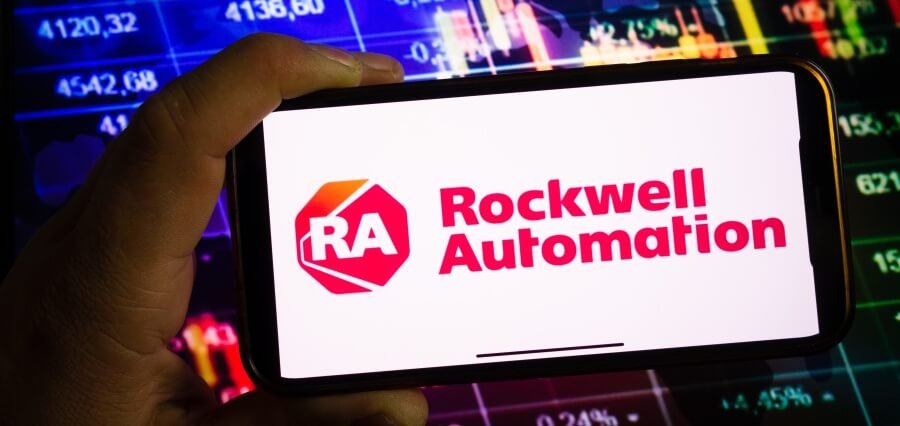#AugmentedWorking
While watching the famous Hollywood blockbuster ‘Lucy,’ actor Scarlet Johansson plays the lead role- Lucy, a young lady who attains enhanced physical and mental capabilities of mental time travel, telekinesis, and controlling numerous objects.
Imagine having to live such an extraordinary life of power and control over various things like this science fiction action thriller. Sounds interesting, right? Well, the technology has advanced to a decent extent today, enabling users to control multiple devices remotely. Thanks to the Internet of Things (IoT) developments.
Modern businesses must stay updated and responsive in this fast-paced, highly volatile market scenario. Optimizing the business has been one of the key challenges where entrepreneurs aim to offer the best quality products in the fastest possible timelines. On the internal end, they need to reduce the overheads, plan, and increase the efficacy of the resources.
In such a scenario, mere communication seems to be insufficient, making the involvement of people a necessity. one technology that works wonderfully is IoT. It aims to connect all potential objects to interact with each other on the internet to provide a secure, comfortable life for the people.
The IoT technology empowers businesses to automate processes and minimize labour expenses. It identifies and helps reduce wastage and improve services, curtailing manufacturing costs and offering reliability and transparency in all customer dealings.
IoT has a significant role in numerous fields of environmental monitoring, infrastructure management, industrial applications, energy management, medical and healthcare systems, building and home automation, transport systems, and numerous large-scale deployments.
Environmental Monitoring
In monitoring the air and water pollution, IoT helps by reducing the need for human labour, enabling frequent sampling, increasing the range of sampling and monitoring, allowing sophisticated testing on-site, and binding response efforts to detection systems.
New IoT advances in extreme weather conditions and offers compiling and processing of specific data with better accuracy and flexibility. Effective forecasting always requires high detail and flexibility in range, enhanced instruments and deployment. IoT assists in early detection and early responses to prevent loss of life and property.
Medical and Healthcare
IoT devices equipped with sensors help in tracking the real-time location of medical equipment like wheelchairs, defibrillators, nebulizers, oxygen pumps, and other monitoring equipment. Deployment of the medical staff at different locations can also be analysed in real-time.
Remote patient monitoring is the most common application of IoT devices for healthcare like glucose monitoring, heart-rate monitoring, hand hygiene monitoring, depression and mood monitoring, Parkinson’s disease monitoring, connected inhalers, ingestible sensors, and wearable devices.
Transport-Logistics
IoT applications in the transport industry have introduced ‘Smart Logistics,’ which enables the operations with optimum efficiency with complete real-time updates and its ability to react to unexpected situations of busy traffic, last-minute customer requirements, and weather changes. The system analyses the real-time streaming data from the environmental sensors, telematic systems, and traffic feed.
When added to the system, the predictive analytics feature helps forecast events, enabling cost reduction, risk mitigation, and increasing productivity. The business organizations can keep the customers communicated round-the-clock and meet the delivery timelines seamlessly.
Infrastructure Management
The IoT-influenced concept of ‘Smart Infrastructure’ is a cyber-physical system that offers integrated management of all elements comprising various technological tools to compile and analyse the data. This supports enhancing the objectives of safety, sustainability, productivity, and efficiency.
The complete system becomes an entity that can monitor, measure, analyse, communicate and act based on the data collected by the sensors. System accesses read and provide data on the city’s traffic and pollution levels. This further expands to Smart buildings, smart networks, smart public infrastructure, and smart transportation too.
Energy Management
IoT includes the process of planning, integrating, and management of all the energy sources and the consumption patterns in the industrial and commercial sectors. The applications take control of the energy consumption data from the basic level and optimize in reducing the energy costs. The energy application help to decrease their carbon footprint by optimizing the use of resources, regular measuring and analysis of the efforts, and building future-centric strategies towards the net-zero organizational objectives.
The Virtual Benefactor
From replacing the human involvement in basic repetitive activities to supporting accurate and reliable control of the different devices, the IoT has automated the modern industry towards amazingly high levels of efficiency. The complete transformation of the modern business workplace is no lesser than any science fiction thriller, elevating the operational standards of satisfaction, safety, and convenience.
– Kedar Borgaonkar





